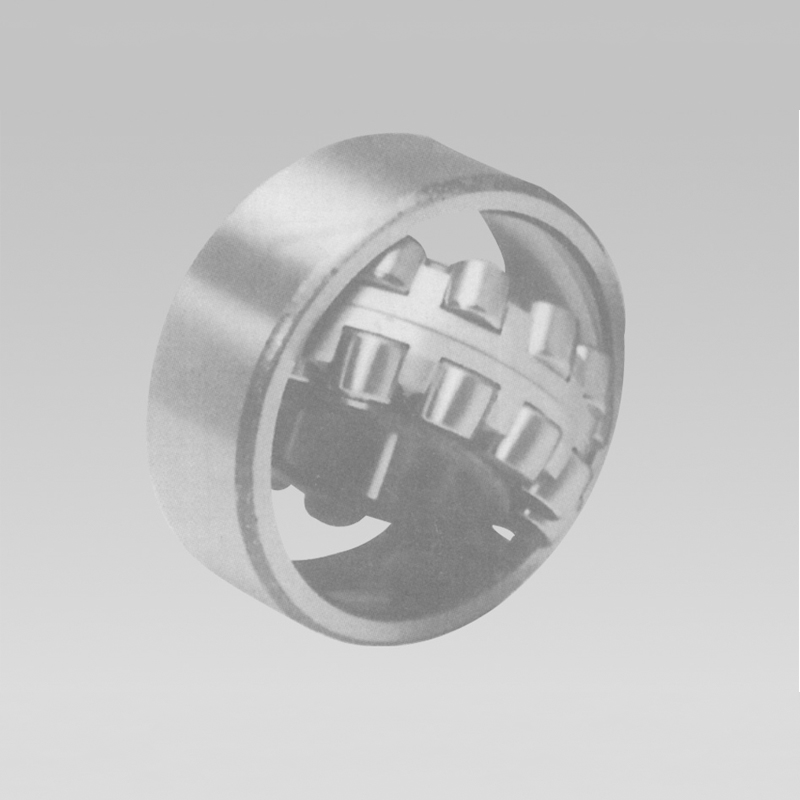
Nov . 30, 2024 00:26 Back to list
Comparison of spherical roller bearings and ball bearings for various industrial applications
Spherical Roller Bearings vs. Ball Bearings A Comprehensive Comparison
When it comes to selecting the right type of bearing for specific machinery and applications, two common types often come into consideration spherical roller bearings and ball bearings. Each type has its own unique features and advantages, making them suitable for different applications. In this article, we will explore the fundamental differences between these two types of bearings to aid in understanding their specific uses, benefits, and drawbacks.
Understanding the Basics
Spherical Roller Bearings are designed to accommodate misalignments between shafts and housings. They consist of two rows of symmetrical rollers, a common spherical outer ring, and an inner ring. The spherical shape of the outer ring allows for a certain degree of angular misalignment, which is a common occurrence in rotating machinery. As a result, spherical roller bearings are excellent for applications subject to heavy loads and misalignment.
Ball Bearings, on the other hand, use balls to maintain separation between the bearing races. They are known for their versatility and ability to handle various loads, including radial and axial ones. Ball bearings come in several configurations, including deep groove, angular contact, and thrust ball bearings. This variety makes them suitable for a wide range of applications, from electric motors to automotive components.
Load Capacity and Performance
One of the significant differences between spherical roller bearings and ball bearings lies in their load capacity. Spherical roller bearings are designed to carry heavy radial loads and moderate axial loads. They can withstand substantial forces, making them ideal for heavy machinery, such as crushers, excavators, and wind turbines. Their ability to accommodate misalignment further enhances their performance in challenging conditions.
In contrast, ball bearings are typically better suited for applications requiring high-speed operation, low friction, and low noise. While they can carry loads, their load capacity is generally lower than that of spherical roller bearings. Ball bearings excel in applications like electric motors, where speed and precision are paramount, but they may struggle in situations with significant misalignment or heavy radial loads.
spherical roller bearing vs ball bearing

Misalignment and Installation
The design of spherical roller bearings makes them inherently more forgiving when it comes to misalignment. This characteristic is crucial in applications where the shaft may experience some degree of shifting or misalignment over time, such as in large industrial equipment. Spherical roller bearings effectively manage these changes, reducing the risk of premature failure.
Ball bearings, while reliable, require precise installation to ensure optimal performance. Misalignment can lead to increased wear and eventual failure, making careful alignment essential during installation. This need for precision can extend the installation time and complicate maintenance processes.
Maintenance Considerations
When evaluating maintenance requirements, spherical roller bearings often come with the added challenge of size and weight. Due to their structure, they can be larger and heavier than ball bearings, which may complicate their installation and replacement. However, their durability and robustness often lead to longer intervals between maintenance checks.
Ball bearings, with their simpler design and lighter weight, can be easier to handle during maintenance. They are often found in applications where quick replacement is necessary. However, their susceptibility to misalignment may necessitate more frequent inspections, especially in conditions where precision is crucial.
Conclusion
In summary, the choice between spherical roller bearings and ball bearings should be based on the specific requirements of the application at hand. Spherical roller bearings are ideal for heavy loads and applications with potential misalignment, while ball bearings excel in high-speed environments where precision and efficiency are critical. Understanding the strengths and limitations of each bearing type will ultimately lead to more effective machinery operation and prolonged equipment life.
Latest news
-
Grooved Ball Bearing Design and Functionality
NewsJun.04,2025
-
Concrete Mixer Bearing Load Capacity Testing
NewsJun.04,2025
-
6004 Bearing Dimensions in Robotic Joint Designs
NewsJun.04,2025
-
Advantages of Single-Row Deep Groove Ball Bearings
NewsJun.04,2025
-
Applications of Deep Groove Ball Bearings in Automotive Systems
NewsJun.04,2025
-
Innovations in Bearing Pressing Machine Design
NewsJun.04,2025
